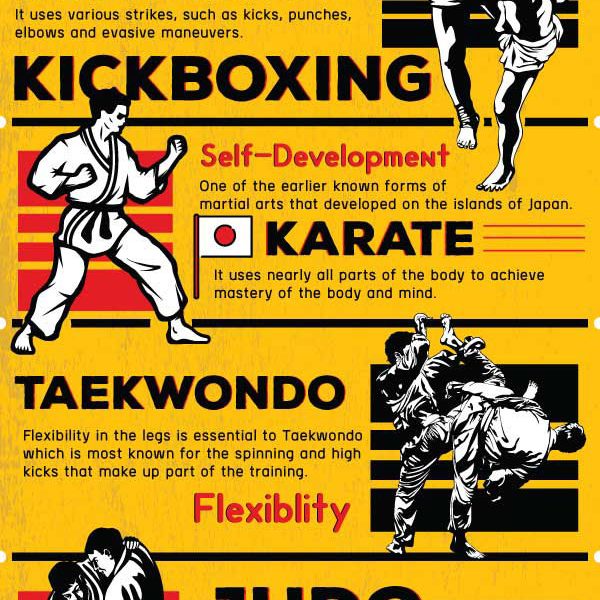Standard Martial Arts And Modern Combat Sports: A Comprehensive Summary Of Their Distinct Differences
Standard Martial Arts And Modern Combat Sports: A Comprehensive Summary Of Their Distinct Differences
Blog Article
Posted By-McGinnis Burch
When you consider martial arts, do you lean more towards the traditional methods or the modern battle sports? Each path supplies unique benefits and experiences, shaped by their ideologies and training methods. Typical martial arts emphasize personal growth and discipline, while modern-day fight sports concentrate on competition and efficiency. Recognizing these differences can lead you in choosing the ideal approach for your journey. However how do these differences materialize in training and approach?
The Ideology and History Behind Typical Martial arts
While lots of people link martial arts with physical fight, the ideology and background behind standard martial arts run much deeper. just click the next web page 'll find that these self-controls stress personal development, discipline, and regard.
Stemming from old techniques, standard martial arts were usually developed for Self-Defense and spiritual advancement. They personify principles such as equilibrium, harmony, and self-constraint, directing professionals beyond mere battling abilities.
As you educate, you'll not just discover techniques but likewise gain understandings into the culture and values that formed these arts. The rituals and traditions, frequently given via generations, cultivate a feeling of neighborhood and belonging.
The Competitive Nature of Modern Battle Sports
Modern combat sporting activities have changed the landscape of martial arts right into an extremely competitive arena, where professional athletes challenge in an examination of skill, technique, and endurance.
You'll discover that competitors are commonly arranged with rigorous guidelines and guidelines, ensuring fair game and safety and security. These events attract big target markets, fueling the excitement and intensity of competitions.
Professional athletes educate rigorously, not just for physical prowess but likewise for mental strength, understanding that every detail counts in the ring. The adrenaline rush throughout competitors is apparent, as competitors push their limitations to claim victory.
Followers appreciate the athleticism and virtuosity involved, making contemporary fight sporting activities a thrilling spectacle that remains to develop and astound fanatics all over the world.
Training Methods and Techniques: A Relative Evaluation
The competitive ambience of contemporary battle sporting activities needs ingenious training techniques that vary significantly from conventional martial arts.
In modern training, you'll concentrate on specific methods, sparring, and conditioning, typically using drills that imitate actual fight situations. You'll see an emphasis on quantifiable efficiency and frequent competition to analyze your abilities.
In https://devinblxhr.bligblogging.com/35691114/checking-out-the-world-of-brazilian-jiu-jitsu-as-an-amateur , typical martial arts focus on types, katas, and philosophical trainings, often stressing self-control and regard over competitors.
Training is normally less extreme and might entail repeated practice rather than real-time sparring.
While both techniques develop skill and fitness, modern fight sporting activities provide a more dynamic and versatile training setting, preparing you for instant difficulties in the ring or cage.
Choose Read More At this website that lines up with your objectives and passions.
Verdict
In choosing in between typical martial arts and modern battle sporting activities, it actually boils down to what you value most. If view searching for personal development, technique, and a feeling of neighborhood, typical arts may be your finest fit. Yet if you grow on competitors and real-time difficulties, contemporary combat sports could be the way to go. Eventually, both paths offer one-of-a-kind benefits, so it's everything about aligning your training with your individual goals and rate of interests.
